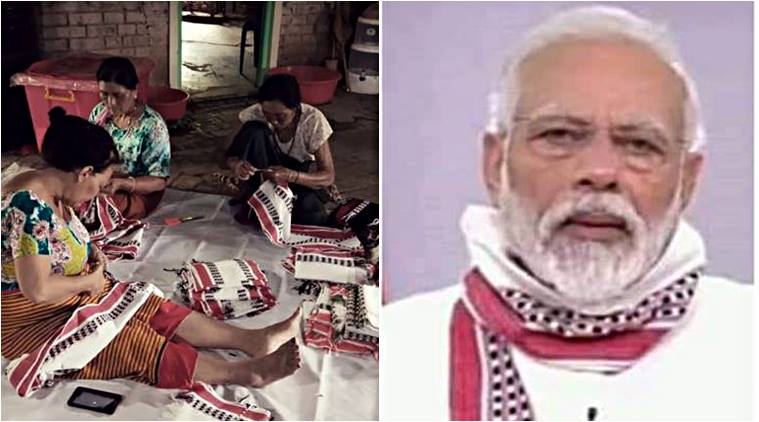 The gamchha mask, used by Prime Minister Modi in his appearances and addresses has been inspired by the traditional Manipuri handwoven stole called the Leirum Phi. (Photo courtesy: L Manoranjan Singh)
The gamchha mask, used by Prime Minister Modi in his appearances and addresses has been inspired by the traditional Manipuri handwoven stole called the Leirum Phi. (Photo courtesy: L Manoranjan Singh)
Last week has seen quite a bit of correspondence between the Handloom and Textiles department of Manipur and the Union Ministry of Textiles. The reason is the recent controversy over mass production of the ‘Modi gamchha mask’ in Uttar Pradesh. The gamchha mask, used by Prime Minister Modi in his appearances and addresses has been inspired by the traditional Manipuri handwoven stole called the Leirum Phi. The standout white, black and red woven cloth is a leitmotif of the Metei tribe among others in Manipur. While there is widespread outrage in Manipur, with people angry not only about the machine-made mass-produced version of their beloved weave in UP, the anger is also directed at the outright cultural appropriation of the same.
The humble gamchha and its many variants, dot pockets of northeastern India in various avatars. The simple cotton ones in red and white checks are seen in abundance in Bihar and Bengal, and as we progress further into the Northeast, we see it getting more elaborate and festive. There are many stories as to the origin and evolution of this weave. “But it started as a traditional coarse cloth, which had a lot of ceremonial importance. It was an indispensable item that was imparted by the parents to the daughter on her wedding day,” shares L Monoranjan Singh, CEO, KB Philanthropy. He runs many weaving initiatives in the state, working with both handlooms and power looms. “
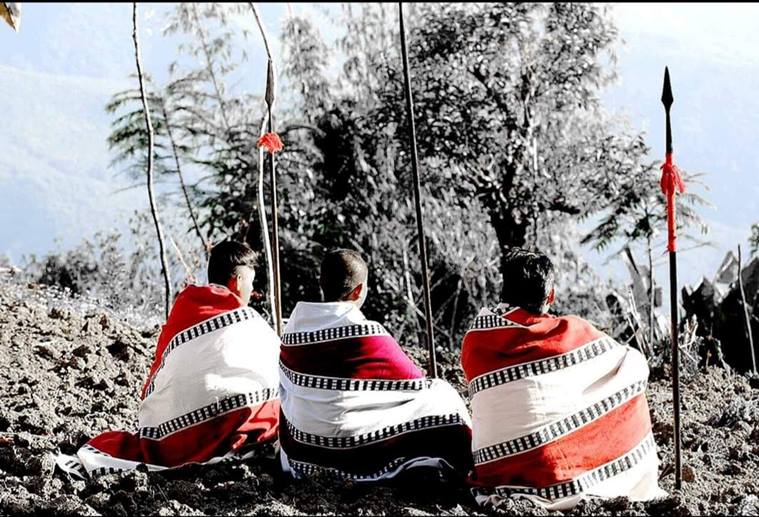 The humble gamchha and its many variants, dot pockets of northeastern India in various avatars. (Photo courtesy: L Manoranjan Singh)
The humble gamchha and its many variants, dot pockets of northeastern India in various avatars. (Photo courtesy: L Manoranjan Singh)
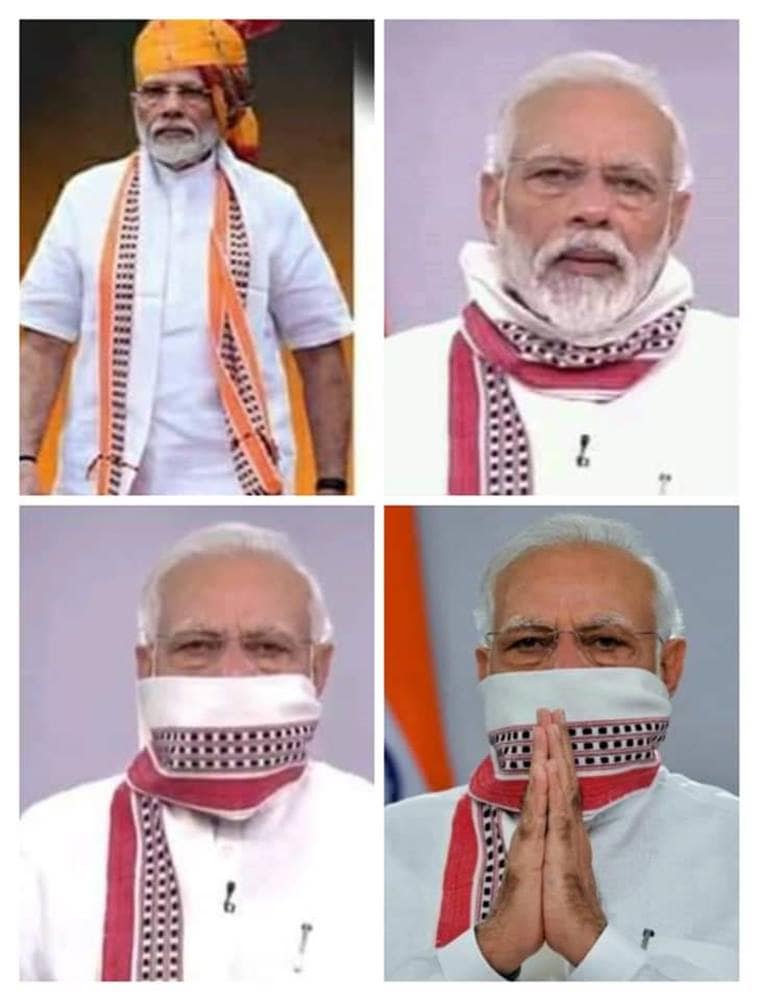 The standout white, black and red woven cloth is a leitmotif of the Metei tribe among others in Manipur. (Photo courtesy: L Manoranjan Singh)
The standout white, black and red woven cloth is a leitmotif of the Metei tribe among others in Manipur. (Photo courtesy: L Manoranjan Singh)
There have been talks about declaring the ‘legyan’ or the scarf — the Leirum phi is the style of the weave — the state scarf. But the move was met with opposition from the Tanghkul community, members of which stated that it’s indigenous to their community alone, and common people cannot use it for normal purposes as it had an important ceremonial aspect to it. But even today we use the scarf to welcome dignitaries and state guests in Manipur government offices,” adds Monoranjan. Another legend goes that the Leirum phi shawl helped bring the two tribes of Tanghkul and Metei come together after Nongda Lairen Pakhangba met a Tanghkul girl who had this shawl with her. He was so impressed that he took the shawl and introduced the said weave to his own tribe.
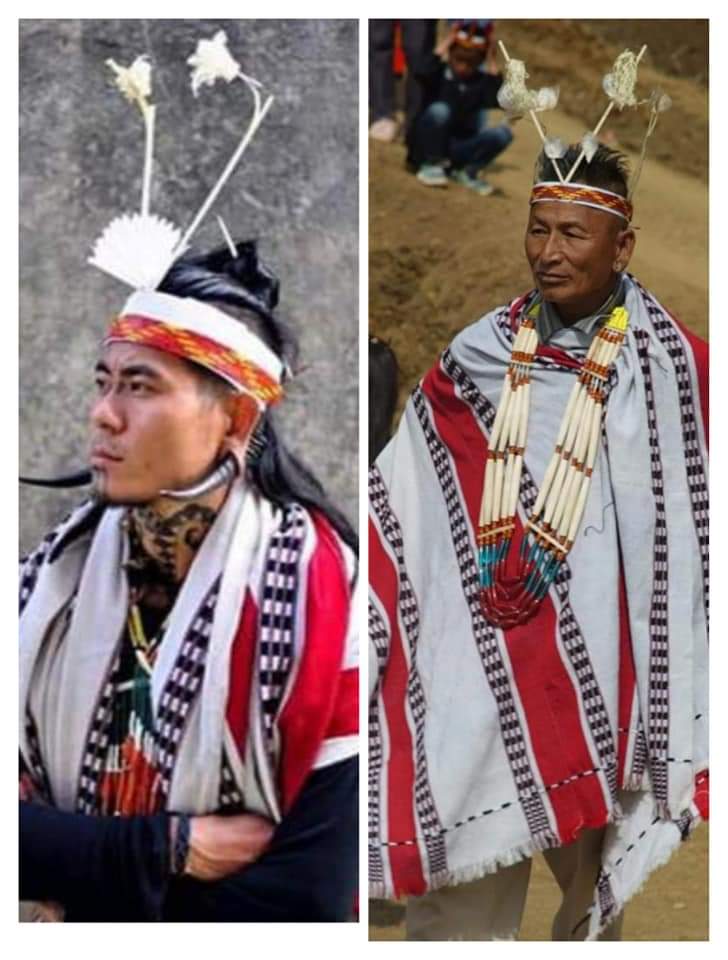 There have been talks about declaring the ‘legyan’ or the scarf — the Leirum phi is the style of the weave — the state scarf. (Photo courtesy: L Manoranjan Singh)
There have been talks about declaring the ‘legyan’ or the scarf — the Leirum phi is the style of the weave — the state scarf. (Photo courtesy: L Manoranjan Singh)
The gamchha is called gamosa in Assamese and is an integral part of the state’s traditional culture. “It basically means ‘to wipe’ in Assamese. And it’s something that one should carry one’s person always. Taking a lesson from The Hitchhikers Guide to the Galaxy, by Douglas Adams, where he emphasised that one should never go anywhere in space without a towel. Same with the Assamese Gamosa,” says Prayaah Barooah, who with his father run FabricPlus, a weaving initiative which works with about 1,00,000 rural silk farmers and weavers to manufacturer ahimsa silk. “The gamchha, gamosa, etc, they are all part of a larger identity of the northeast. The differences between a Naga gamchha, or the Manipuri one, all stem from the different flora and fauna that surrounds them. The Karbi villages near the Kaziranga area, there the gamosas have a lot of rhinos embroidered on them, and as you go further to the China border, in Arunachal Pradesh, the gamchhas will have a lot of symbols of love, birds etc. There, many gamchhas are woven for the people who have passed away, and are kept with the body in the coffins, very much like the Egyptians pharaohs. The Nagas use more of animals, like the bison, the yak and of course the snake motif,” adds Barooah.
 The gamchha is called gamosa in Assamese and is an integral part of the state’s traditional culture. (Photo courtesy: L Manoranjan Singh)
The gamchha is called gamosa in Assamese and is an integral part of the state’s traditional culture. (Photo courtesy: L Manoranjan Singh)
While scarves and other material were all woven by hand earlier, in cotton or silk, they have been replaced by polyester and the embroidery and motifs are reduced to being on just one side. “The idea of a gamchha was to be used. Now they are often related to ceremonial tokens and placed at the bottom of a cupboard. When we are glorifying a gamchha, we also need to glorify what the history, the importance of it all is and not just use it as tokenism. If you look at Yogendra Yadav, he is always wearing one, and if you ask him what it stands for, he will explain it to its full extent. When our PM wears it, its a good thing, but he should also spread awareness as to where it comes from, and what it means to the people who make it,” says Barooah.
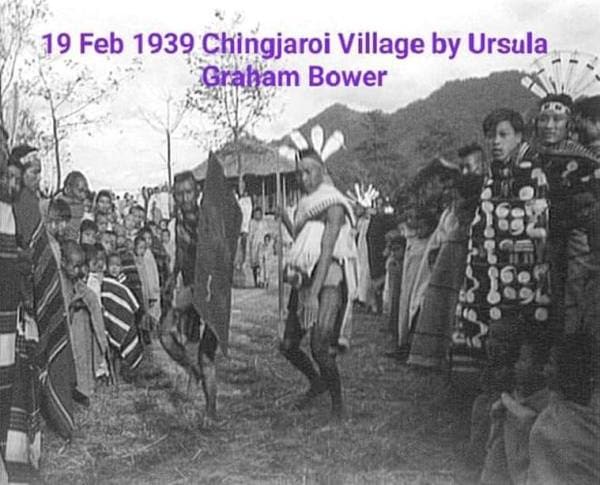 When our PM wears it, its a good thing, but he should also spread awareness as to where it comes from, and what it means to the people who make it. (Photo courtesy: L Manoranjan Singh)
When our PM wears it, its a good thing, but he should also spread awareness as to where it comes from, and what it means to the people who make it. (Photo courtesy: L Manoranjan Singh)
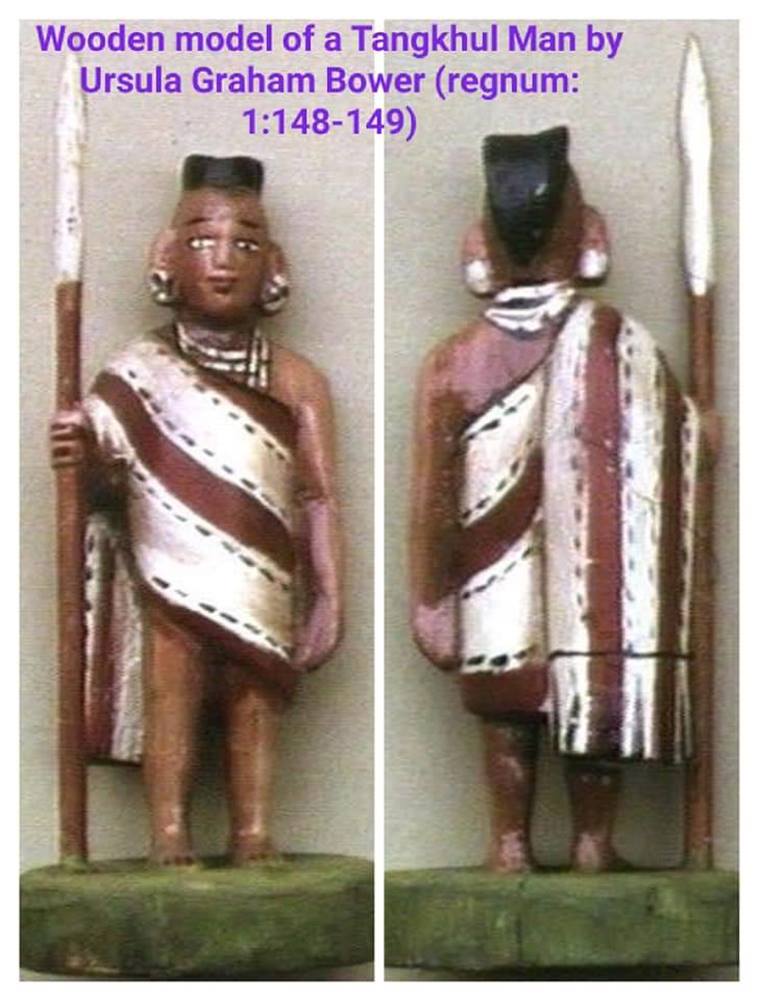 A weaving initiative which works with about 1,00,000 rural silk farmers and weavers to manufacturer ahimsa silk. (Photo courtesy: L Manoranjan Singh)
A weaving initiative which works with about 1,00,000 rural silk farmers and weavers to manufacturer ahimsa silk. (Photo courtesy: L Manoranjan Singh)
While the current controversy over the Leirum Phi has triggered a larger debate on cultural appropriation, and which in turn disenfranchises the people who have worn the textile on a daily basis, the need of the hour is to learn the history of the same. “This, the ‘Modi gamchha’ must have started as a marketing gimmick, which was perhaps not well thought out. But then he should’ve attributed it to Manipur. Why would you hijack its identity? Bhupen Hazarika always wore a gamosa everywhere, but he never once associated his name with it. One needs to understand the larger cultural theme,” concludes Barooah.